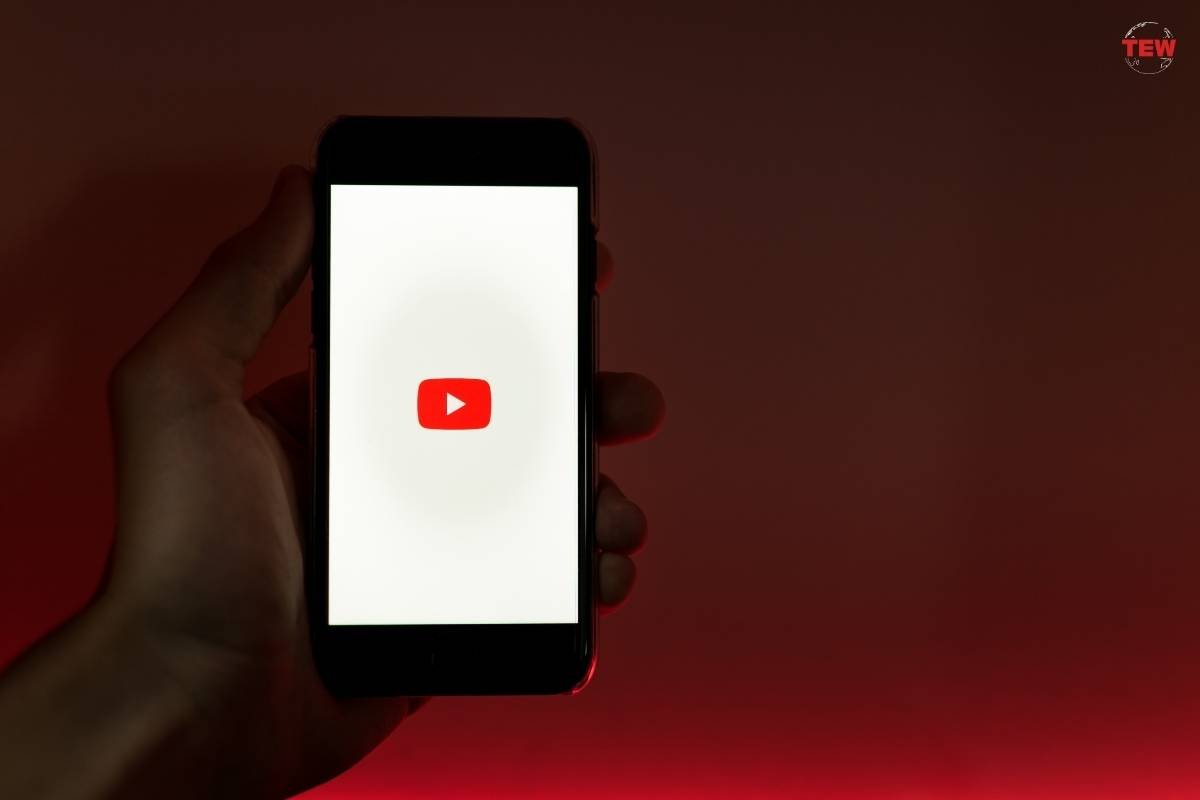In the digital age, where every click, view, and interaction is often meticulously tracked and analyzed and plays a role in shaping digital content and influencing media trends, the question of whether your YouTube views are anonymous becomes increasingly pertinent. As the world’s largest video-sharing platform, YouTube, a subsidiary of Google, has developed sophisticated mechanisms for collecting and utilizing user data.
Know YouTube’s privacy policies, the role of data tracking technologies, and the impact of user behavior on privacy.
Understanding these aspects is crucial in an era where digital footprints are extensively analyzed not only by the platforms themselves but also by advertisers and other third parties. The discussion highlights the balance between personalized user experience and privacy concerns, a key issue in today’s interconnected digital world.
Understanding YouTube’s Privacy Policy
To understand the anonymity of your YouTube views, it’s crucial to first look at YouTube’s privacy policy. This policy outlines what information is collected and how it’s used. Key points include data collection regarding video views, interaction with content, and usage patterns.
Data Collection on YouTube
When you watch a video on YouTube, the platform collects data including:
- The video watched
- Duration of view
- Interaction with the video (like, comment, share)
- Viewer’s IP address and device information
Use of Collected Data

YouTube uses this data to:
- Improve user experience (recommendations, search results)
- Generate analytics for content creators
- Target advertisements
Are Your YouTube viewsTraceable to You?
The fundamental question is whether your individual views are traceable back to you as a user. YouTube does not provide content creators with personally identifiable information about viewers. What creators see is aggregated data: views count, general demographic information, and engagement metrics.
Analytics Available to Creators
To obtain the cumulative view counts of YouTube videos, you need to follow these steps.
- Demographics of viewers (age range, gender, geographic location)
- Average view duration
- Engagement rates (likes, comments, shares)
- Traffic sources
- Device and platform data
The Role of Google Accounts
Since YouTube is owned by Google, your Google account settings play a significant role in privacy. If logged in, your views are linked to your account, influencing your recommendations and ads. However, this information is not shared with others in a personally identifiable manner.
Viewing YouTube While Logged Out

If you view YouTube videos without logging into a Google account, your YouTube views are more anonymous. However, YouTube still collects IP addresses and device information, which could theoretically be traced back but are not typically accessible to the public or content creators.
YouTube’s Incognito Mode
YouTube offers an Incognito mode, similar to web browsers. When activated:
- Your activity isn’t saved to your account
- Viewing history won’t influence recommendations
- The activity might still be visible to your employer, school, or ISP
Third-Party Tracking and External Links
YouTube videos often contain external links or are embedded on third-party websites. Clicking on these links or viewing embedded videos may expose you to third-party tracking mechanisms. These are governed by the privacy policies of the respective third-party websites.
Legal and Policy Exceptions
In certain legal scenarios, YouTube might disclose viewer information:
- Compliance with law enforcement requests
- Addressing security threats
- Preventing fraud or abuse
User-Controlled Privacy Settings

You can influence your privacy on YouTube through various settings:
- Clearing watch history
- Pausing watch history
- Adjusting ad settings
- Utilizing privacy-enhanced mode when embedding YouTube videos on external sites
FAQs
Can You See Who Views Your YouTube Videos?
While you cannot see the specific identities of individual viewers of your YouTube videos, you can access a wealth of aggregated viewer data. Through YouTube Analytics, content creators can view information such as the number of views, general viewer demographics, engagement statistics, and other insightful metrics that help understand the audience better.
How to Access YouTube Analytics?
To access YouTube Analytics, log in to your YouTube account, go to your channel dashboard, and click on “Analytics.” This section provides insights into various metrics like views, watch time, audience demographics, and engagement statistics for your uploaded content.
The Bottom Line
While YouTube offers certain measures to protect user privacy, complete anonymity of views is not guaranteed. Users should be aware of the privacy implications of their online activities, including watching videos on YouTube. Understanding YouTube’s data collection and sharing practices is essential for anyone concerned about digital privacy. Ultimately, while certain steps can be taken to enhance anonymity, such as using Incognito mode or a VPN, complete anonymity on YouTube remains elusive.




